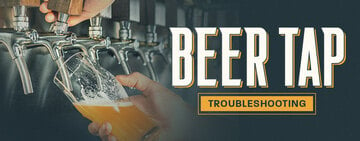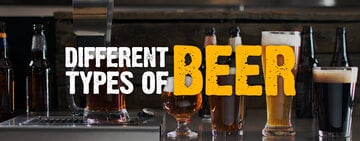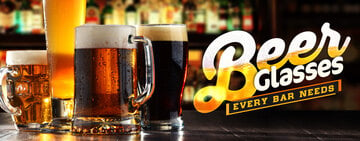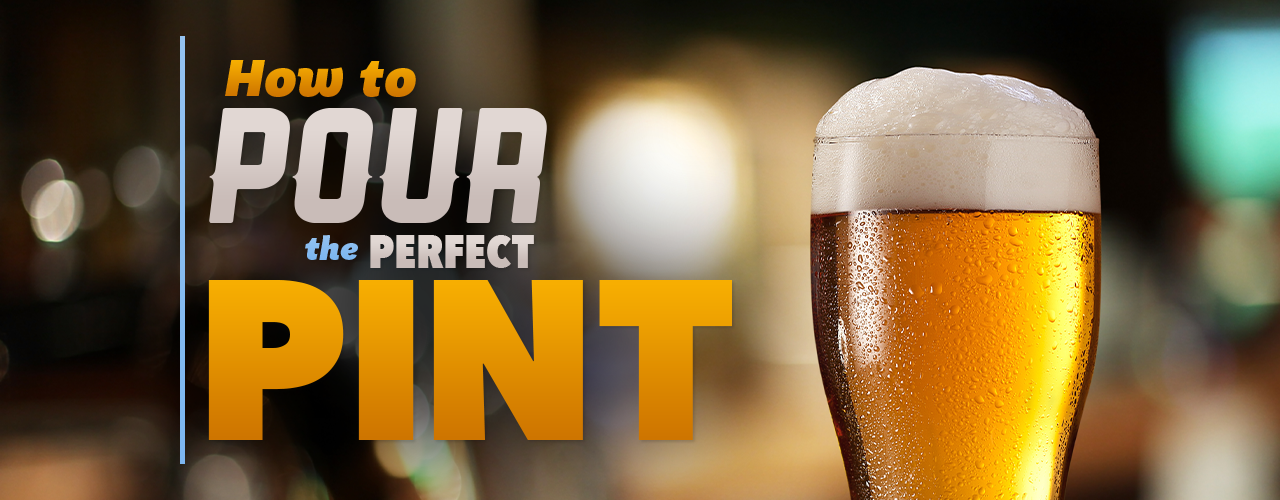
How to Pour the Perfect Pint
Last updated on 4/8/2019When it comes to the world of beer, knowing how to pour specific brews is essential to serving your guests the perfect pint. Whether you are pouring pilsners, stouts, IPAs, or Belgians, proper technique will maximize flavor, aroma, and mouthfeel while also producing the appropriate amount of head and releasing carbonation. Teaching your bartenders to properly pour a beer is crucial to the success of any bar, restaurant, brewery, or taphouse, especially as craft beer becomes more and more popular around the country. This guide will show you how to pour beer from a regular tap, nitro tap, or bottle.
Step-by-Step Instructions on How to Pour the Perfect Pint
When pouring a beer, you want to ensure a good ratio of beer and foam, also known as the "head" of the beer, in the glass. Plus, it's important to avoid overpouring to prevent waste and save money for your business. Keep reading to learn how to pour draft beer, how to pour nitro beer, and how to pour bottled beer.
How to Pour a Beer from a Tap
Draft beers are typically kegged with high levels of added carbon dioxide. During the tapping process, the keg is filled with carbon dioxide to push beer through the tap and maintain carbonation when served. As a result, draft beers feature large bubbles and a thin head. Carbon dioxide amounts in draft beers must be carefully monitored in order to keep the brew from becoming flat or overly foamy. While there are many different types of beer that can be served on tap, some of the most common include lagers, IPAs, and wheat beers. Here's how to properly pour them:
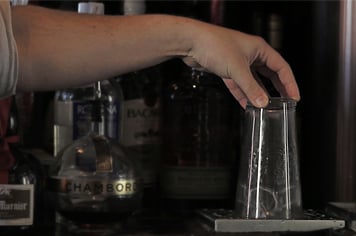 1.
1.Begin by rinsing your beer glass to remove any remaining detergents or residues. Doing so also helps with head retention.
 2.
2.Hold your glass at a 45 degree angle and begin pouring. Pour until the glass is around half full.
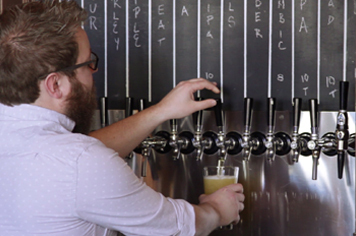 3.
3.Turn so that you are holding the glass at a 90 degree angle (upright) and finish your pour.
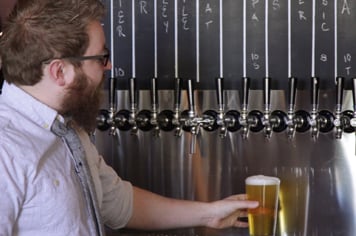 4.
4.Stop pouring right before the beer level reaches the top of the glass to leave room for about a half an inch of head.
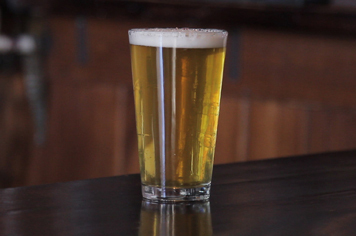 5.
5.Allow the beer to settle. The carbonation will build the head a bit more as the beer settles in the glass.
How to Pour a Nitro Beer
Nitro beers incorporate mostly nitrogen rather than carbon dioxide when they are kegged. Unlike their traditional draft counterparts, nitros contain around 70% nitrogen and 30% carbon dioxide. Because nitrogen is insoluble in liquid, the head and mouthfeel of nitro beers is rich, thick, and creamy. The addition of nitrogen also creates smaller bubbles, which make the carbonic bite and “hoppy” taste characteristic of draft beers relatively nonexistent. Stouts and porters are generally served on nitro. Here's the proper way to pour a nitro beer:
 1.
1.Rinse your glass to remove any residue or detergent left behind from washing. Rinsing your glass will also help with head retention.
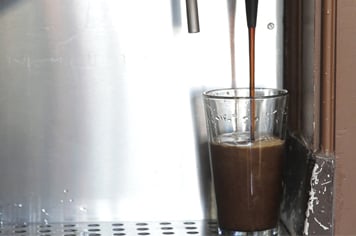 2.
2.Place your glass directly below the tap. Do not hold the glass in your hand as you would with a regular draft beer.
 3.
3.Fill your glass to about two thirds of the way. Then, stop for a few seconds and allow the beer to settle.
 4.
4.The beer will begin to cascade, which refers to the small bubbles that move from the top of the glass to the bottom. Once a few seconds have passed, fill your glass the rest of the way.
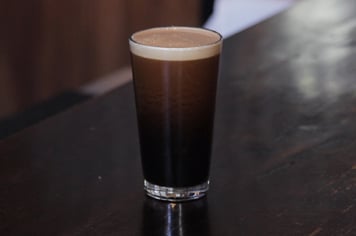 5.
5.Stop pouring right before the beer level reaches the top of the glass to leave room for the head.
How to Pour a Bottled Beer
Bottled beer is often pasteurized before bottling, giving it a shelf life of around 3 months, which is longer than a draft beer. Interestingly, beer bottled in a brown bottle (rather than a green or clear one) keeps longer due to its protection from oxidizing sunlight. One advantage of bottled beer is that you can avoid the bacteria that often build up in tap lines and distort your beer's flavor. However, if your bar's tap lines are sanitized properly and often, bottled beer's greatest advantage over draft beer is that it's more convenient to transport. Learn how to serve bottled beer below:
 1.
1.First, rinse your glass to get rid of any residues or detergents. Additionally, this will help with head retention after pouring.
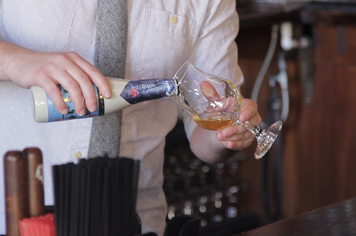 2.
2.Open your bottle of beer. Hold your glass at a 45 degree angle and begin pouring your beer very slowly. Pouring too quickly will produce too much head and cause your beer to lose a lot of carbonation.
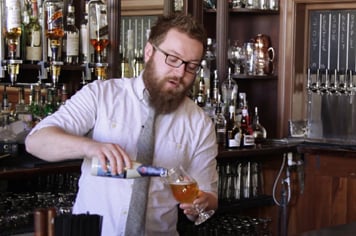 3.
3.When your glass is around half full, slowly shift the glass from a 45 degree angle to a 90 degree angle and finish pouring.
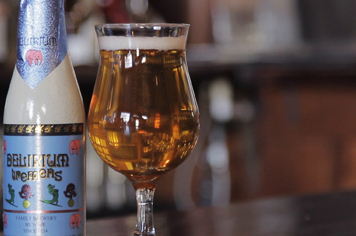 4.
4.Allow the beer to settle and the head to foam up.
Knowing the proper serving techniques for beer and which beer glass to use can help to improve your bar's service. Not only will it help you avoid some messes, but proper pouring can also enhance the flavor and mouthfeel of your beers. Refer to this guide to make sure you're pouring the perfect pint of draft, nitro, and bottled beer.













